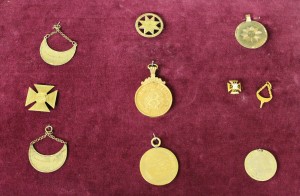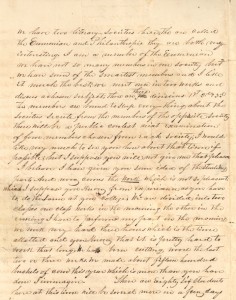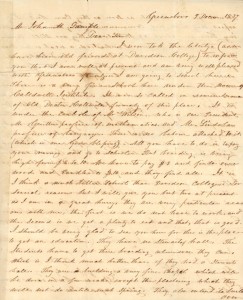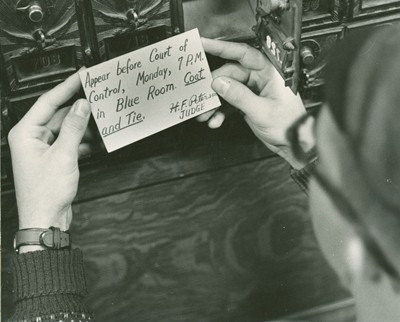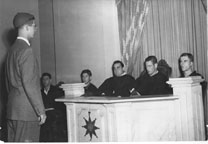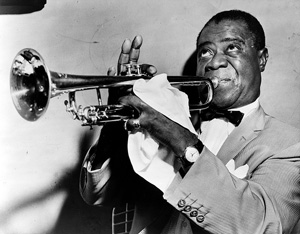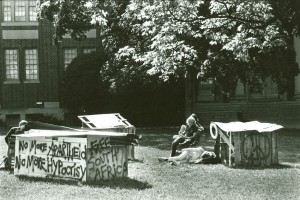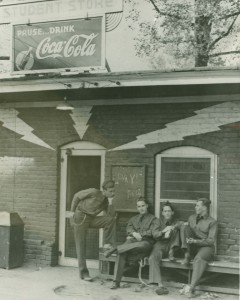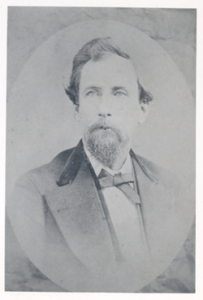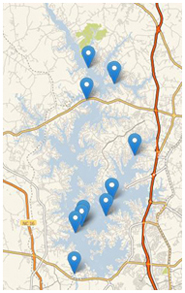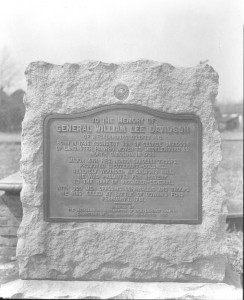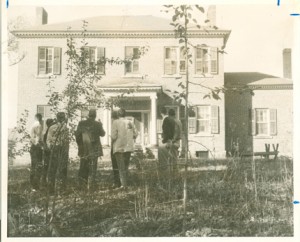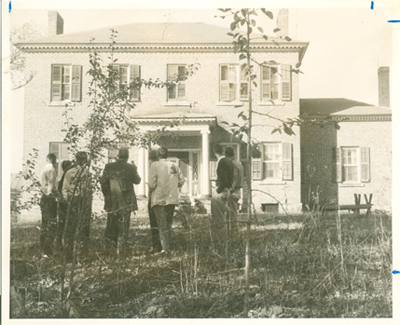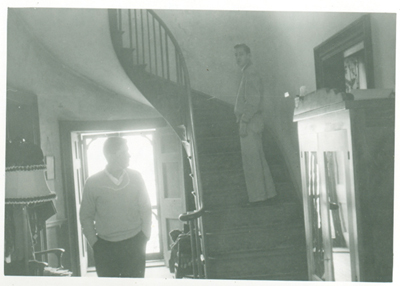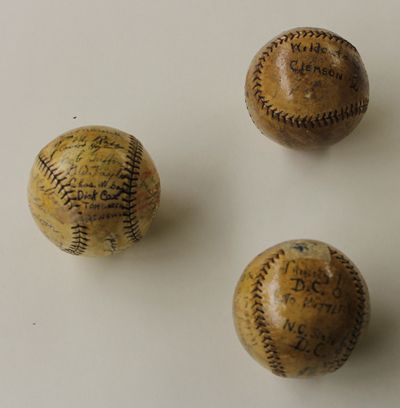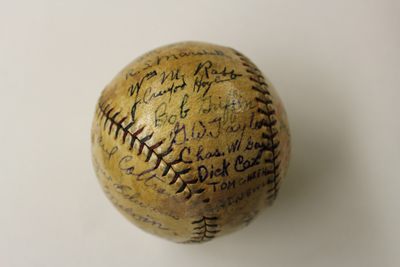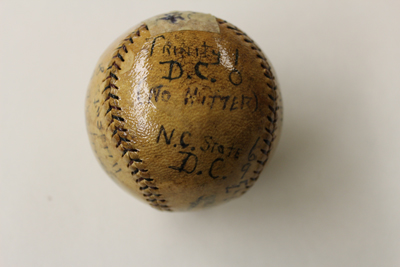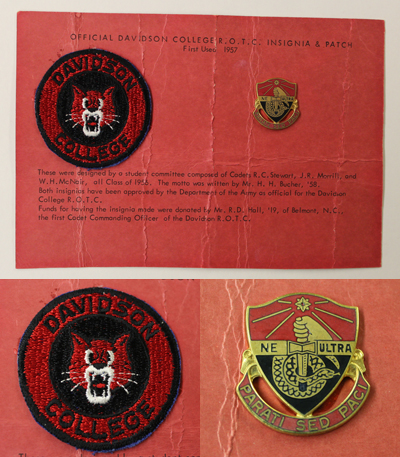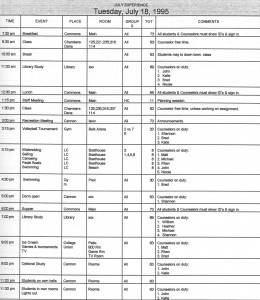Davidson recently unveiled a new makerspace, Studio M, which will provide a wealth of opportunities for students and the college community to experiment with new technologies. After attending the open house two weeks ago, we began to think about archival collaborations with the makerspace – how can we leverage these new resources with those already existing in the library?
The cuneiform collection has already been scanned and added to the Cuneiform Digital Library Initiative (CDLI), but what if the college’s oldest objects were 3D scanned and printed in a more durable, lend-able form? The Archives & Special Collections team rolled up our sleeves and began to brainstorm about items from the college’s collections that could use a good scanning, for either preservation or use (or both). The Smithsonian Institution’s 3D digitization work provides inspiration what the affordances of this kind of digital inquiry could be:
One of the first collections we thought of was that of Gordon Clift Horton (class of 1942) – Horton was the engine behind the first Annual Student Exhibition, and he went on to study interior design at Parsons School of Design (now Parsons the New School for Design). When his mother, Florence Clift Horton, passed away in 1975, she willed her estate to Davidson College, and several of Gordon Horton’s collections can still be found on campus. Horton’s collection of jade figurines could be an interesting scanning project…
Student medals and badges also provide a unique 3D digitization opportunity – these medals were created for the Eumenean and Philanthropic Literary Societies, and each comes imbued with stories of previous generations of Davidson students. A literary society badge could be scanned, and the resulting 3D model could be altered to reflect the name of a current student organization, providing a physical manifestation of the past of Davidson’s student groups for those in the present.
While these are just ideas at the present, we’ll have more news to share in a few months. Watch this space to see which of these visions becomes a reality!

